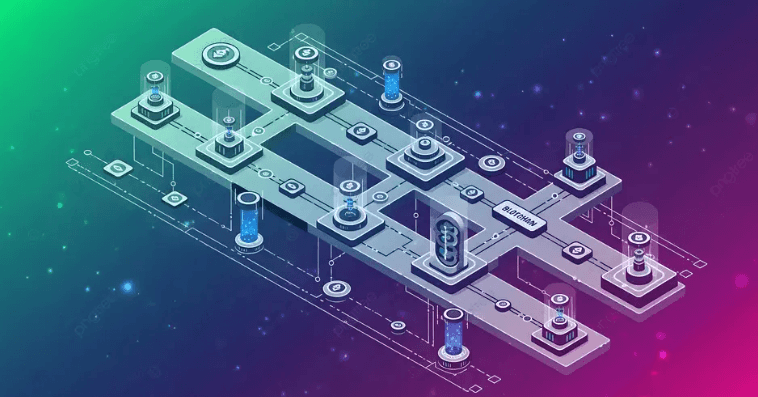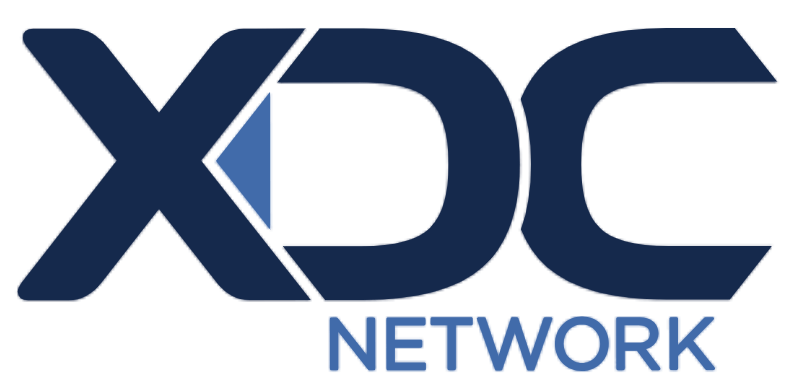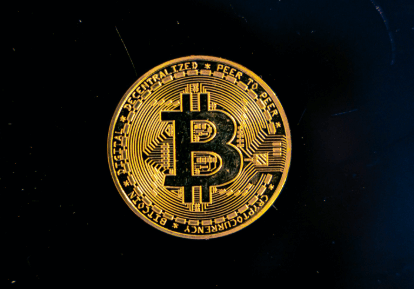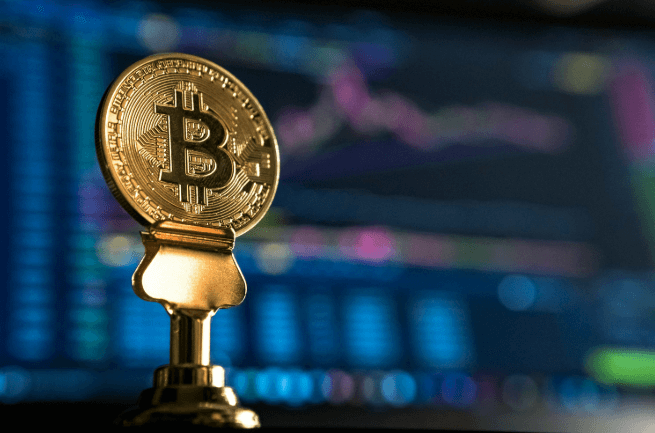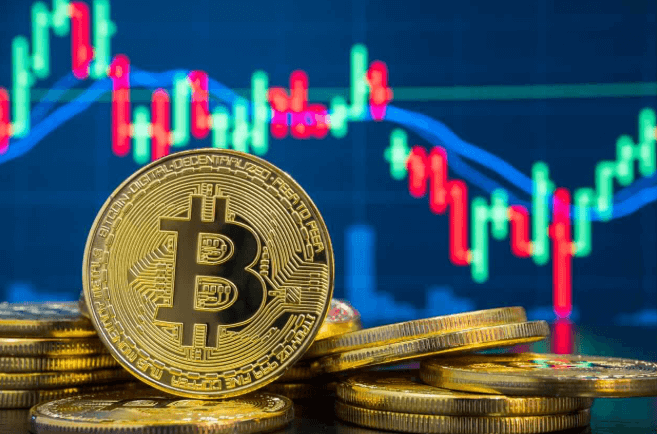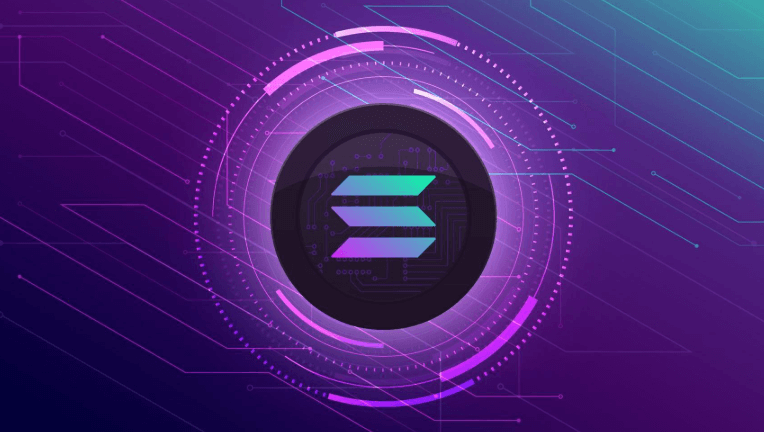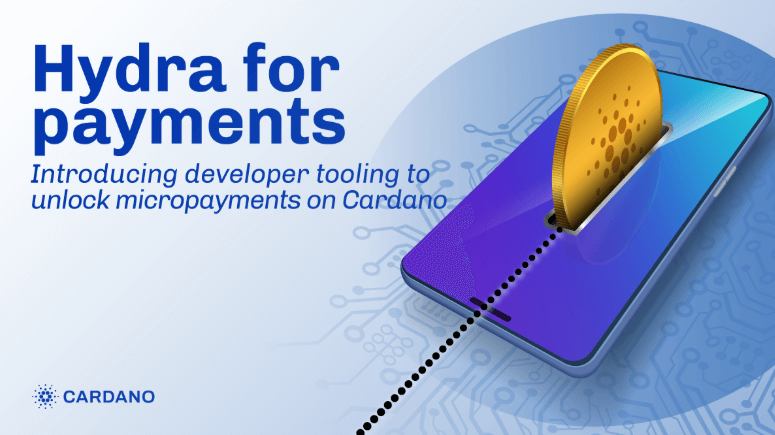-
Introduction
Decentralized Finance (DeFi) has revolutionized the financial industry by providing permissionless, transparent, and decentralized financial services without intermediaries. By 2025, DeFi has evolved significantly, expanding its reach across various sectors and integrating with traditional finance. This report explores the growth of DeFi, key innovations, emerging challenges, and its impact on the global financial system.

-
Key Trends Driving DeFi Growth in 2025
2.1. Institutional Adoption of DeFi
- Traditional financial institutions are increasingly integrating DeFi protocols to enhance efficiency and reduce costs.
- Regulated DeFi products, such as tokenized bonds and decentralized lending services, are gaining acceptance among institutional investors.
- Central banks are experimenting with DeFi infrastructure to facilitate digital asset management and real-time settlements.
2.2. Advancements in Layer 2 and Cross-Chain Solutions
- Layer 2 scaling solutions, such as Optimistic Rollups and ZK-Rollups, are significantly reducing transaction fees and improving network throughput.
- Cross-chain interoperability protocols enable seamless asset transfers between different blockchain networks, fostering greater liquidity in DeFi markets.
- Bridges between DeFi and traditional finance (TradFi) are becoming more sophisticated, allowing smoother integration of fiat and digital assets.
2.3. Growth of Decentralized Identity and Security Measures
- Decentralized Identity (DID) solutions are enhancing user verification while maintaining privacy and security.
- Smart contract audits and AI-driven threat detection systems are improving the security of DeFi protocols.
- Multi-party computation (MPC) wallets and biometric authentication are strengthening user asset protection.
2.4. Expansion of Real-World Asset (RWA) Tokenization
- Real-world assets, including real estate, commodities, and stocks, are increasingly being tokenized on blockchain networks.
- Fractional ownership models allow retail investors to participate in high-value asset investments.
- DeFi platforms are enabling the lending and borrowing of tokenized real-world assets, increasing financial accessibility.
2.5. Regulatory Developments in DeFi
- Governments and regulatory bodies are working towards establishing clearer frameworks for DeFi compliance and risk management.
- Self-regulatory organizations (SROs) within the DeFi space are emerging to set industry standards and best practices.
- Compliance tools leveraging on-chain analytics and decentralized KYC solutions are helping DeFi projects adhere to regulations.
-
Impact of DeFi on Traditional Finance
3.1. Disruption of Banking and Lending Services
- Decentralized lending and borrowing platforms are offering competitive interest rates without requiring credit checks.
- Peer-to-peer lending models are eliminating intermediaries, reducing costs for borrowers and increasing returns for lenders.
- DeFi credit scoring models, based on blockchain transaction history, are enabling financial inclusion for unbanked populations.
3.2. Evolution of Decentralized Exchanges (DEXs)
- Automated market makers (AMMs) continue to improve, offering deeper liquidity and reduced slippage.
- Hybrid exchanges, combining centralized and decentralized models, provide enhanced security and user experience.
- DEX aggregators are optimizing trading by finding the best rates across multiple liquidity pools.
3.3. DeFi’s Role in Global Remittances and Payments
- Stablecoins and decentralized payment networks are enabling instant, low-cost cross-border transactions.
- Merchants are increasingly accepting crypto payments through DeFi payment gateways.
- DeFi microfinance initiatives are providing financial services to underserved populations in emerging economies.
-
Challenges and Risks in DeFi Expansion
4.1. Security Vulnerabilities and Smart Contract Risks
- DeFi protocols remain targets for hacking, flash loan exploits, and rug pulls.
- Continuous smart contract audits and insurance mechanisms are essential for risk mitigation.
- Education and awareness campaigns are needed to prevent user errors and phishing attacks.
4.2. Scalability and Network Congestion
- High transaction volumes can lead to network congestion and increased gas fees.
- Innovations in Layer 2 solutions and alternative blockchains are essential for scalability.
- Sustainable consensus mechanisms, such as Proof-of-Stake (PoS), are reducing energy consumption and enhancing performance.
4.3. Regulatory Uncertainty
- Varying global regulations pose challenges for DeFi adoption and compliance.
- Some jurisdictions impose restrictions on DeFi services, leading to geo-blocking and fragmentation.
- Balancing decentralization with regulatory requirements remains a complex issue for policymakers.
-
Conclusion
By 2025, DeFi has matured into a powerful force driving financial innovation and inclusion. With advancements in security, scalability, and regulatory compliance, DeFi is poised to reshape the global financial landscape. However, challenges such as security risks, regulatory uncertainty, and scalability constraints must be addressed for sustainable growth. As the ecosystem continues to evolve, collaboration between DeFi projects, regulators, and traditional finance will be crucial in unlocking its full potential.
Disclaimer: This article is for informational purposes only and is not investment advice. Investors should research carefully before making any decisions. We are not responsible for your investment decisions.

